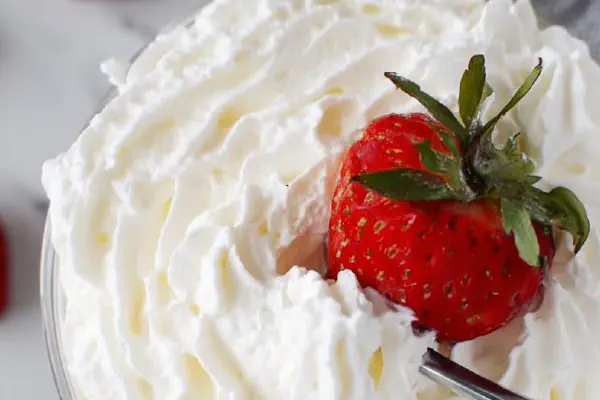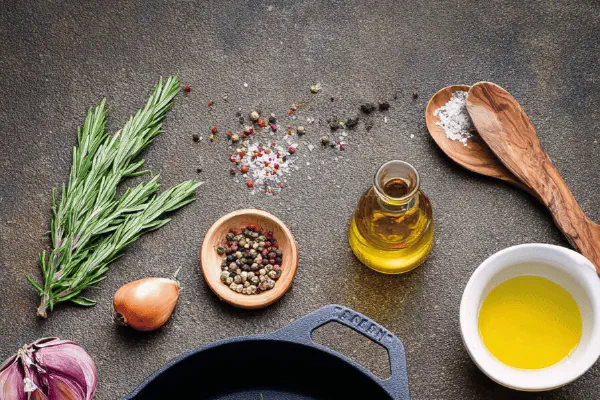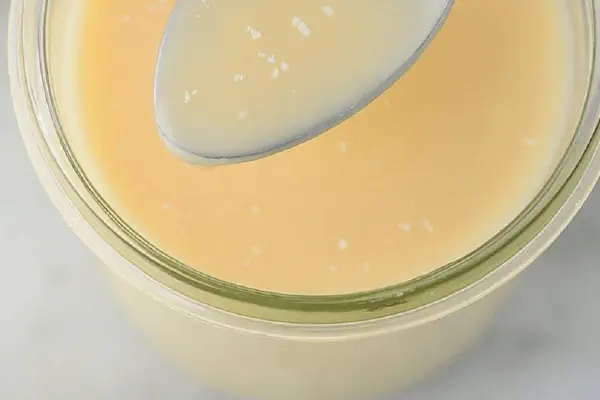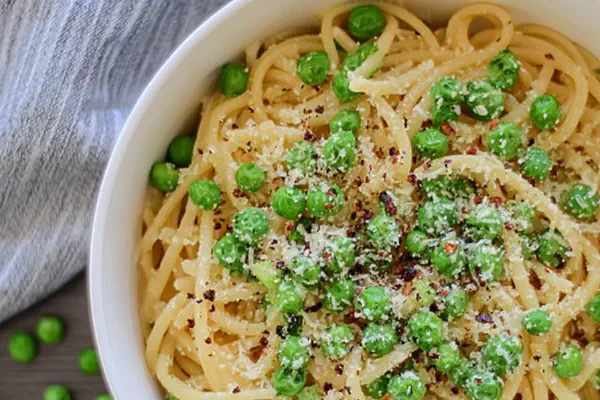Clarified Butter Remix
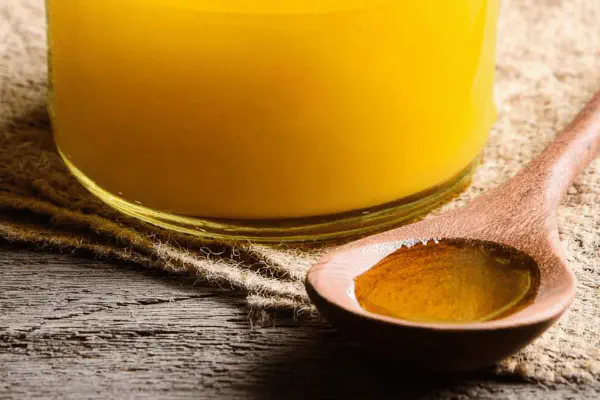
By Emma
Certified Culinary Professional
Ingredients
- 1 cup unsalted butter (or swap with cultured European butter for tang)
- Optional twist Substitute: 1 cup ghee blended with a splash of clarified chicken fat for richness
About the ingredients
Method
- Heat butter in a medium saucepan over medium heat. No stirring allowed. Watch, listen for melting sound shifting to quiet simmer.
- Once melted, reduce heat to low if edges start to brown or you catch nutty aromas. That’s your cue to ease down.
- A white foam will appear on surface—the whey proteins. Tilt pan slightly and carefully skim foam off with a spoon. Repeat multiple times until no more foam shows.
- Check bottom of pan. You’ll see murky white milk solids settling. Slowly pour the clear golden liquid into a heatproof container, leaving solids behind. Alternatively, use a heat-safe fat separator for cleaner division.
- For ultra-clear butterfat, strain through a double-layered cheesecloth to trap small bits. Discard any browned sediment left in pan. This step removes lingering impurities that can affect shelf life and flavor.
- Use immediately in recipes that require high smoke points or store in an airtight container at room temperature for weeks. Refrigerate for longer storage but expect solidification.
- Common slipups? Stirring early breaks the separation process. High heat scorches milk solids too soon, giving bitter notes. Too much foam left reduces clarity and smoke point.
- Efficiency tip: Melt just enough butter to avoid wasting leftovers. Use a wide pan to speed melting and enhance easy skim. Don’t rush skimming — patience pays off in clean butter.
- Practical swaps: European cultured butter adds tang, great for richer flavor profile. Try blending a small amount of rendered duck fat with clarified butter for a deep savory twist.
- If butter browns before foam is fully skimmed, bail to avoid burnt taste. Start over or use browned butter left for nutty dishes instead.
Cooking tips
Chef's notes
- 💡 Butter melts slow, foam rises then settles. No stirring early — breaks separation. Skim whites off top repeatedly in batches, not all at once. Tilt pan to pool liquid, scoop foam carefully. Watch edges for browning smells, cut heat early. Use medium to low, patient simmer builds clarity. Pour clear fat off solids slowly, leave murky remnants. Wide pan works better, spreads heat evenly. Cubed butter melts quicker, no clumps. If foam tough to skim, wait more — rushing messes clarity. Skimming key for shelf life, taste. Force with too high heat, bitterness wrecks end flavor.
- 💡 Strain through double cheesecloth after pouring off fat. Traps tiny milk proteins. Brown bits in pan must go — ruin flavor and shorten storage. If short on time, skip straining but expect sediment. Extra step worth weeks longer shelf life and cleaner taste. Store sealed at room temp for weeks, fridge longer but fat firms up. Remelts fast on heat pass. Avoid stirring while simmering — breaks milk solids, clouds fat. Listen for mellow bubbling, stop when white foam slows appearing. Skimming often until clear gold liquid forms, subtle cues alert you.
- 💡 Substitutions tweak richness. Ghee or cultured European butter adds tang but melts slower, so plan timing. Rendered duck or chicken fat mixed in for flavor depth. Use blends, small amounts to avoid off textures. Salted butter ruins neutral base, avoid if want pure fat. Whole milk butter means more solids, longer skimming. Quantity control matters — 1 cup manageable, double for batch work but watch heat carefully. Wide pan, low or medium heat prevents premature browning. If browned early, either bail or serve as browned butter for nutty dishes.
- 💡 Don’t rush skimming. Wait for foam thrice or more to form, remove in handfuls. Pan heat should simmer, not boil aggressively. Early stirring breaks process, makes fat cloudy. When solids settle dark and dense, pour fat slow into heatproof container or use fat separator. Forcing faster heat scorches milk solids, bitterness follows. If foam stubborn, cool heat. If browning sneaks up, reduce immediately. Clarity shows in quiet simmer and skimmed foam layers. Patience beats speed every time. Small details like pan tilt angle help—pool and scoop foam quickly. Avoid cross contamination, discard all dark sediment.
- 💡 Once cooled, clarified butter solidifies fast but melts instantly. Store air tight or fridge in small batches. Room temp lasts weeks if sealed well. Butter choice affects melt time and flavor, so choose based on dish needs. I’ve tried shortcuts, regretted for clarity and shelf life. Listen for melt sound changing from crackle to smooth simmer, white foam signals protein separation. Pour slow, steady to stay clear. Experiment with fat blends but stick to process or it breaks. Keep heat medium-low, watch browning edges and nutty aromas — cues to adjust heat immediately. No stirring, no shortcuts.
Common questions
Why no stirring allowed?
Stirring breaks milk solids separation. Foam won’t collect right. Cloudy fat happens. Milk solids distribute unevenly. Clarity lost. Patience needed. Just watch. Foam signals protein skim stage.
Can I use salted butter?
Best not. Salt affects taste, speeds browning, disrupts neutral base. Use unsalted or cultured butter for subtle tang. Alternatives like ghee or rendered animal fats add flavors without salt. Salt adds complexity but not control here.
What if butter browns early?
Lower heat fast. Brown means proteins burnt, bitter taste. If already browned, bail or switch to browned butter use. Start again with cooler pan, medium-low heat. Browning kills clarity, tastes off for this fat.
How to store clarified butter?
Sealed container room temp weeks. Fridge longer but fat hardens. Melts fast when reheated. Avoid moisture contact. Cheesecloth straining extends shelf life by removing particles. Keep container airtight or fat absorbs fridge odors.
